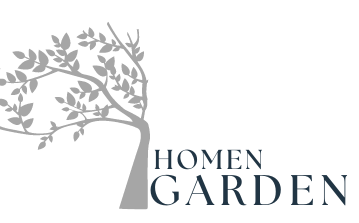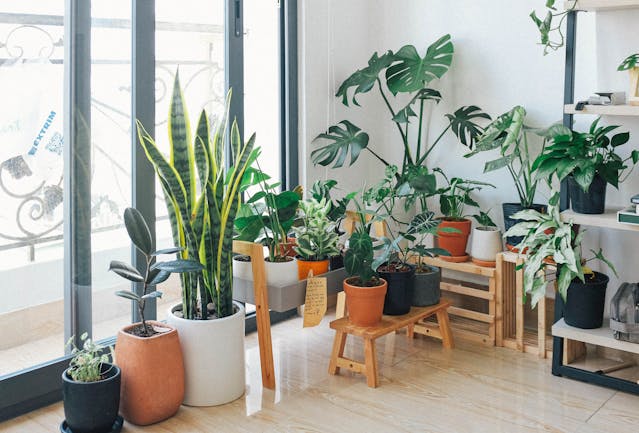Presentation:
Indoor spice cultivating is a fulfilling and charming pursuit, offering the fulfillment of developing your own new spices all year. In any case, similar to any type of planting, it accompanies its own arrangement of difficulties. From nuisances and illnesses to ecological elements and support issues, indoor spice nurseries can now and again experience issues that thwart their development and imperativeness. In this far reaching guide, we will dig into normal issues that emerge in indoor spice cultivating, investigate their causes, and give useful arrangements and counteraction methodologies to assist you with keeping a flourishing spice garden.
1. Overwatering and Underwatering:
– Overwatering: Perhaps of the most well-known botch in indoor spice planting is overwatering, which can prompt root decay, contagious sicknesses, and supplement draining. Side effects incorporate shrinking, yellowing leaves, and soil that remains reliably wet.
– Arrangement: Permit the top inch of soil to dry out prior to watering, and guarantee legitimate waste by utilizing pots with seepage openings. Water your spices sparingly, intending to keep the dirt equitably wet however not waterlogged.
– Underwatering: On the other hand, underwatering can prompt shrinking, hindered development, and supplement lacks. Side effects incorporate dry, fresh leaves and soil that feels dry to the touch.
– Arrangement: Water your spices completely at whatever point the top inch of soil feels dry, guaranteeing that water arrives at the roots. Consider utilizing a self-watering framework or setting up a watering timetable to forestall underwatering.
2. Poor Drainage:
– Cause: Lacking waste can bring about waterlogged soil, which denies plant underlying foundations of oxygen and prompts root decay and contagious illnesses.
– Arrangement: Use pots with seepage openings to permit abundance water to uninhibitedly escape. In the event that utilizing enriching holders without waste openings, place a layer of rock or perlite at the base to further develop seepage.
3. Pests and Diseases:
– Cause: Indoor spice gardens are helpless to bugs like aphids, bug vermin, and whiteflies, as well as illnesses, for example, fine buildup and leaf spot. These issues can be exacerbated by unfortunate air dissemination and high stickiness levels.
– Arrangement: Examine your spices routinely for indications of bugs or sicknesses, for example, yellowing leaves, twisted development, or fine buildup. Treat pervasions instantly with natural irritation control techniques, for example, insecticidal cleanser or neem oil, and prune impacted foliage to forestall the spread of sickness. Further develop air dissemination by putting fans close to your spice garden and try not to stuff plants.
4. Nutrient Deficiencies:
– Cause: Indoor spices might experience the ill effects of supplement inadequacies in the event that they are not given satisfactory manure or on the other hand assuming the dirt pH is imbalanced. Normal supplement lacks incorporate nitrogen, potassium, and magnesium.
– Arrangement: Utilize a fair compost figured out for spices and adhere to the producer’s guidelines for legitimate application. Consider directing a dirt test to evaluate supplement levels and pH, and change the dirt on a case by case basis with natural matter or pH-changing added substances.
5. Insufficient Light:

– Cause: Indoor spices require satisfactory daylight to photosynthesize and flourish. Deficient light can bring about leggy development, pale leaves, and diminished flavor and fragrance.
– Arrangement: Spot your spice garden in a bright area close to a south-bound window where it can get no less than 6-8 hours of daylight each day. Supplement normal light with counterfeit develop lights, particularly throughout the cold weather months or in low-light regions.
6. Temperature Fluctuations:
– Cause: Indoor spice gardens are delicate to temperature vacillations, particularly limits of intensity or cold. Quick changes in temperature can pressure plants and undermine their development and essentialness.
– Arrangement: Keep a steady temperature scope of 60-70°F (15-21°C) for ideal spice development. Try not to put your spice garden close to drafty windows, warming vents, or cooling units, and give protection during cold spells or heatwaves.
7. Root-bound Plants:

– Cause: After some time, spice plants might become root-bound on the off chance that they grow out of their compartments, bringing about hindered development, decreased yields, and vulnerability to vermin and infections.
– Arrangement: Screen your spices routinely for indications of root-bound development, for example, roots circumnavigating the lower part of the pot or arising out of seepage openings. Relocate root-bound plants into bigger compartments with crisp fertilized soil to give more than adequate space to root extension.
Conclusion
Indoor spice cultivating offers an abundance of advantages, from giving a helpful wellspring of new spices for cooking to improving indoor air quality and advancing a feeling of prosperity. Notwithstanding, similar to any type of cultivating, it requires cautious consideration and proactive administration to resolve normal issues and guarantee the wellbeing and essentialness of your plants. By distinguishing potential issues early, carrying out useful arrangements, and embracing preventive measures, you can investigate normal issues in indoor spice planting and develop a flourishing and useful spice garden that gives pleasure and fulfillment all year.

